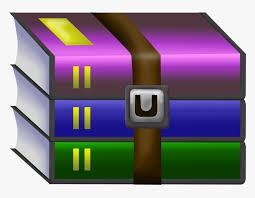$25
CS113-HW01-Clue - Solved
Detective Jill + Assistant Jack, Clue simulation
Dr. Foo has been murdered!*** Detective Jill must determine the murderer, crime scene, and weapon. There are six possible murders (numbered 1 through 6, Professor Plum to Mrs. Peacock), 10 locations (1 through 10, ballroom to cellar), and six weapons (1 through 6, lead pipe to spanner). Detective Jill tries to guess the correct combination. Each guess is a theory. She asks her assistant, Jack, to confirm or refute each theory.
Use the files found in this repository to test your answer. Inside you will find:
- Model classes (represent the pure data/actions):
- `Theory.java` = encapsulates murdered, crime scene, and weapon data
- `TheoryItem.java` = convenient methods/constants for translating integers
- `AssistantJack.java` = instantiated with answer set, contains method to check your set of guesses (theory)
- Answer set 1 = 1, 1, 1
- Answer set 2 = 6, 10, 6
- Answer set 3 (or any other integer) = randomly chosen theory
- Driver class (one example of a solution to problem below):
- `RandomClue.java` = Driver that tests theory with a simple strategy: use random guesses for each
Note that Assistant Jack will randomly tell you which of your guesses are wrong, if multiple are wrong. So if you ask Assistant Jack to check your answer with the same set of guesses, you may get a different item that is wrong which means that both the first and second items returned are wrong. When checking guesses with Assistant Jack, your number of guesses (times you ask to check the potential answer) is kept track of. Your goal is to write a program as if you were Detective Jill which **consistently** finds the solution in <= 20 checks for any of the three answer sets above, that means you didn't just get lucky!
For example, the provided `RandomClue.java` is a driver that randomly guesses each weapon, location, and person, until the correct solution is found. Run the program a couple of times for each theory (1, 2, 3) and answer the following questions:
- How often do you get a solution in fewer than 20 guesses? Does this change depending on the theory you test (1, 2, 3)?
- What is good or bad about this strategy?
> Pro-tip: In IntelliJ, go to Tools > Generate JavaDoc… and select the Output Directory you'd like to save to (you can save in the same folder this repository exists if you'd like) but make sure to create a new folder as this generates a LOT of files! Click on OK, and IntelliJ will compile your JavaDoc. It may output some errors, fix them, and try again. Once all the errors are gone, a web browser window/tab will open of the documentation to easily navigate the documentation there, rather than through the code. You do not need to submit this, but this shows how powerful (and useful!) some good habits from CS111+CS112 will pay off with a little upgrade :smile:



